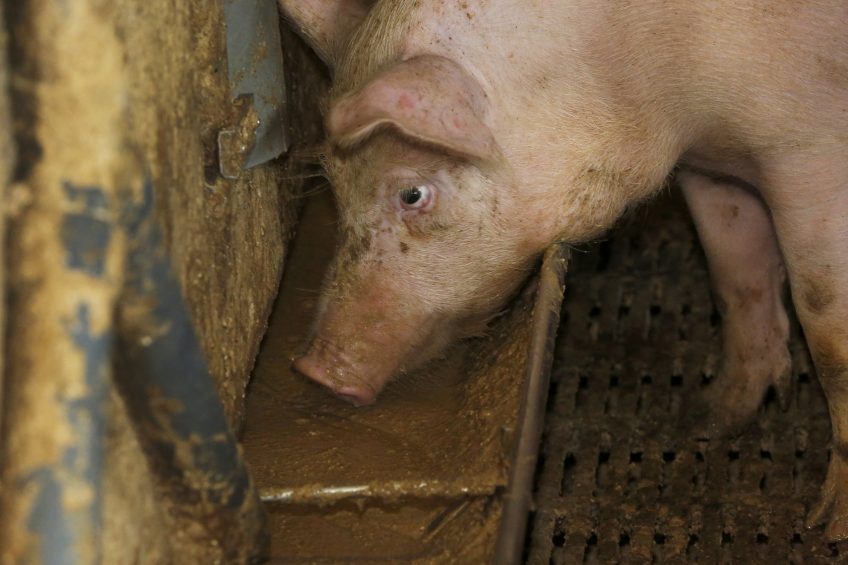Danes test pig feed with alternatives to zinc oxide

Seges Danish Pig Research Centre has tested 4 feeding concepts as possible alternatives to zinc oxide for weaned pigs. 2 of the concepts showed optimistic results, but added about DKK 7 (€ 0.94) per pig to the total cost of production.
The high-level use of zinc oxide will be banned by the summer 2022 at the latest in the European Union. Nowadays, in several European countries, including Denmark, zinc oxide is used to prevent and control post-weaning diarrhoea in weaned pigs, and the Seges Danish Pig Research Centre is therefore aiming to find sustainable alternatives that are as effective or preferably more effective than zinc oxide.

Read more on pig health in the Pig Health Tool
Smooth transition at weaning
Lisbeth Shooter, specialised senior manager, pigs at Seges’ research centre, said: “We are not expecting to discover some magic dust that can replace zinc overnight. The key is a smooth transition at weaning and implementation of new and effective routines within management, biosecurity, nutrition, etc.”
Recently, the research centre completed a test of 4 alternative feeding concepts, of which the concepts provided by Trouw Nutrition and Vitfoss performed really well, according to Ms Shooter. She said, “The pigs fed the concept from Trouw Nutrition had fewer outbreaks of diarrhoea and a better productivity, and the pigs fed the concept from Vitfoss performed as well as the pigs given zinc oxide.”

5 reasons why banning zinc oxide is good
Expensive pig feed alternatives
However, it may be a while before a reliable, competitive alternative to zinc oxide is available. New research activities will establish which dietary combinations to further pursue.
Ms Shooter explained, “Several of these concepts have different elements in common, such as low protein content at the beginning of the growth period, the use of organic acids and a low calcium level. These are all factors that we know have a positive effect on diarrhoea. In the present test, we were unable to conclude which of the elements in the concepts that did – or did not – affect productivity and diarrhoea, so we will continue working on that as well.”
Over € 30 million extra cost for pig feed
Unfortunately, the 2 effective concepts are expensive: they come with an additional cost of about DKK 7 per pig compared to using zinc oxide. With an annual production of about 32 million weaned pigs, this amounts to an additional cost of DKK 225 million (€ 30.2 million) a year.
Ms Shooter concluded, “This confirms that a competitive solution has yet to be found, but we have taken a large step in the right direction, and we will get there, but it takes hard work and dedication. Furthermore, all possible solutions must be thoroughly tested to guarantee that they will work on the majority of the farms, and only then can we as an industry, declare ourselves ready for the zinc oxide ban.”

Read more on pig nutrition without zinc oxide
Focus on lowering zinc usage
In the past year, the total zinc usage was reduced by 136 tonnes, as Danish feed companies lowered the level of zinc in their finisher feeds. This equates to a total drop of 11%. The initiative was implemented after a test with low zinc level in combination with a high phytase inclusion in finisher feed. The test proved that lowering the zinc level to 40 ppm zinc did not adversely affect productivity nor health.











